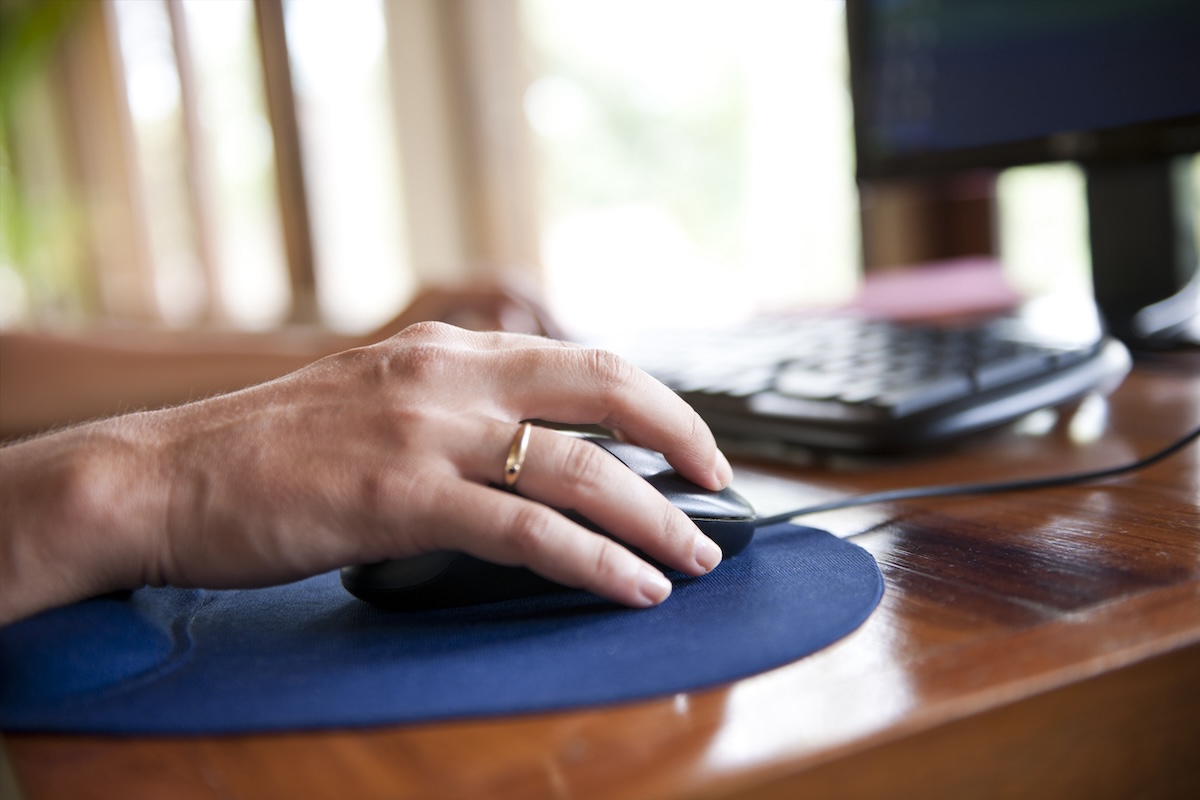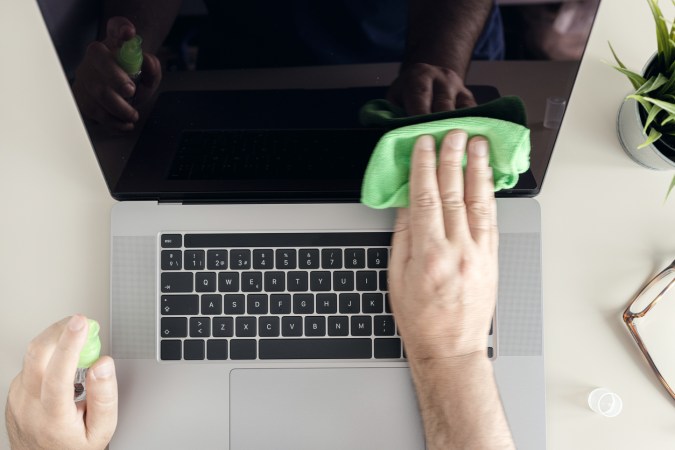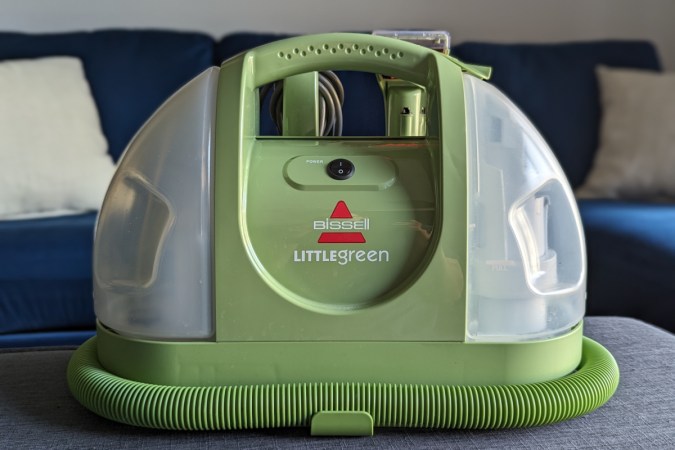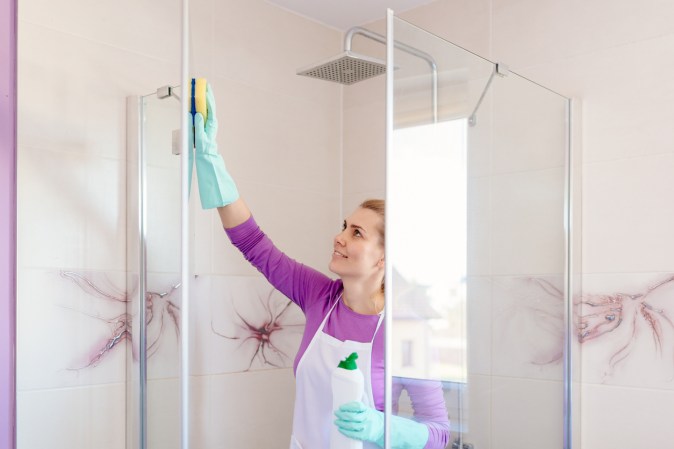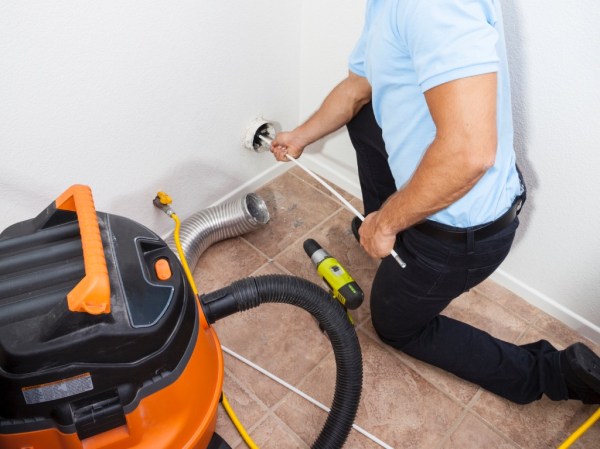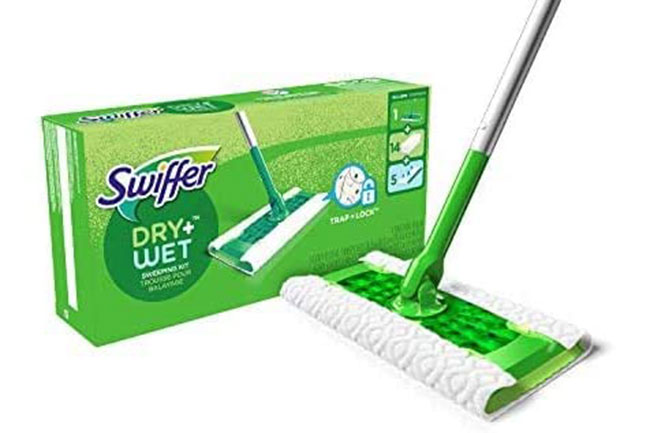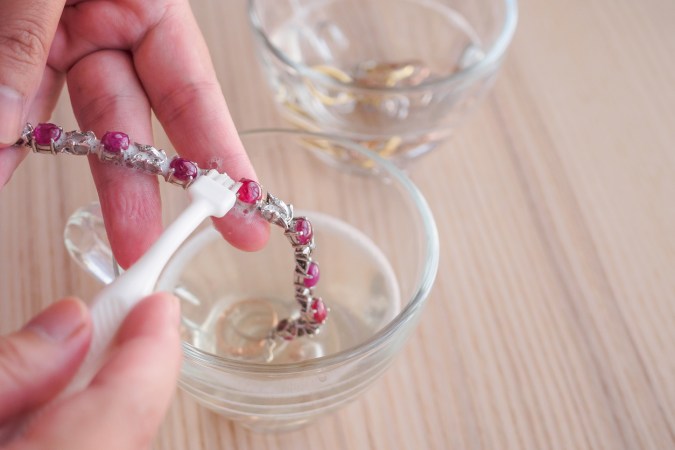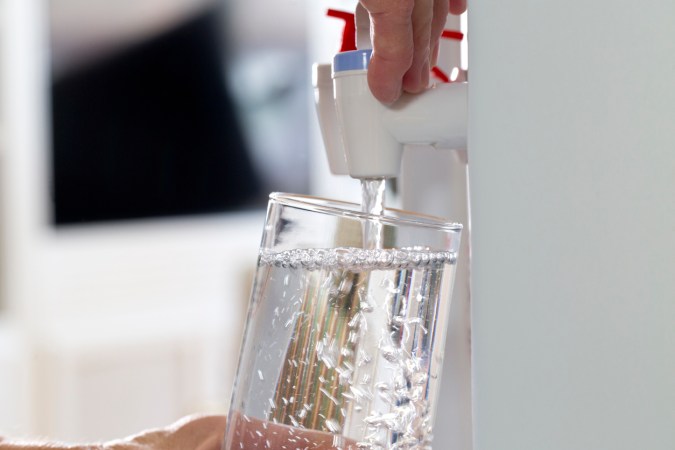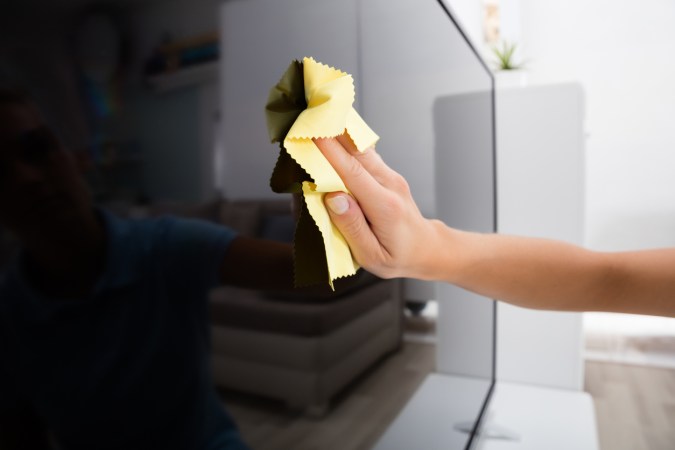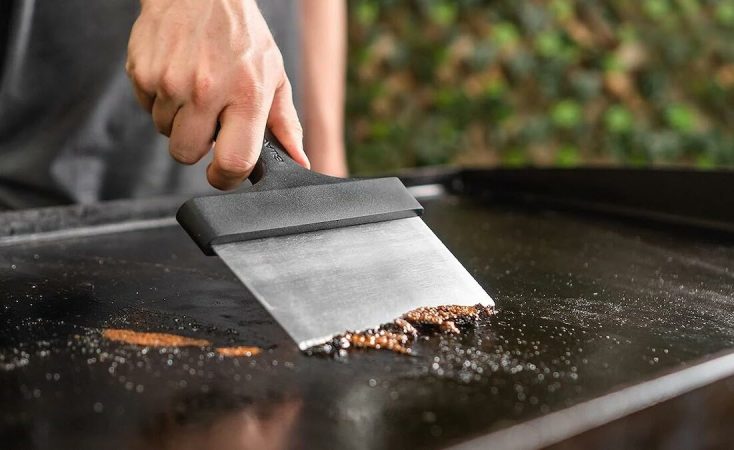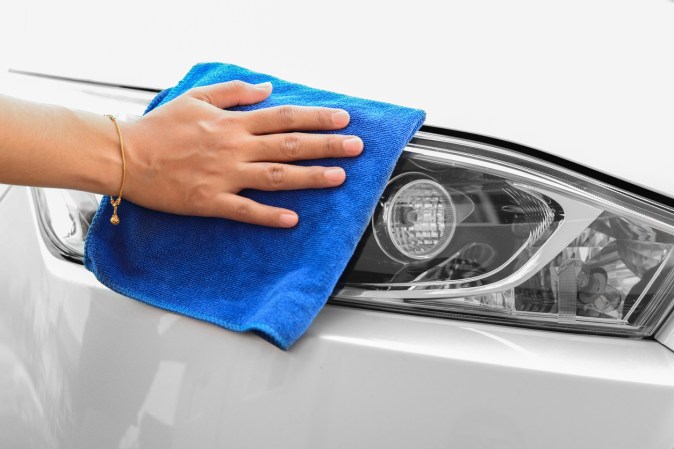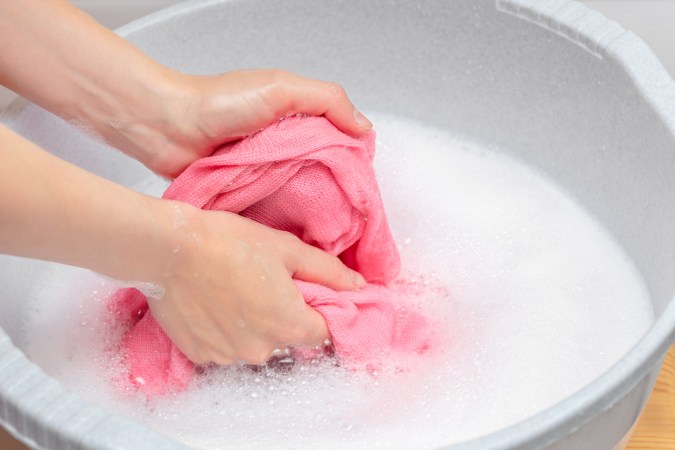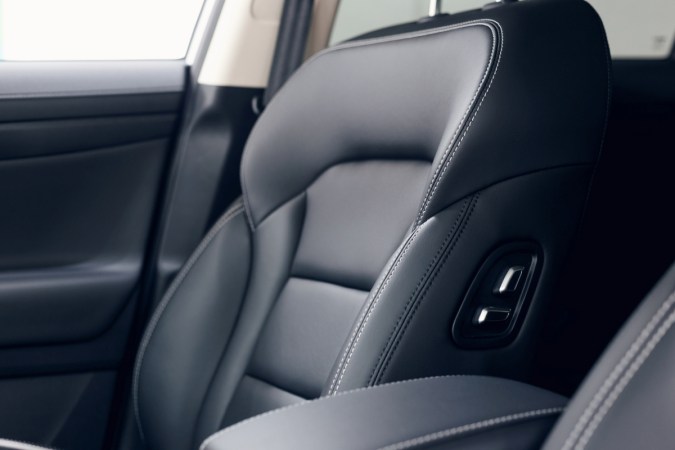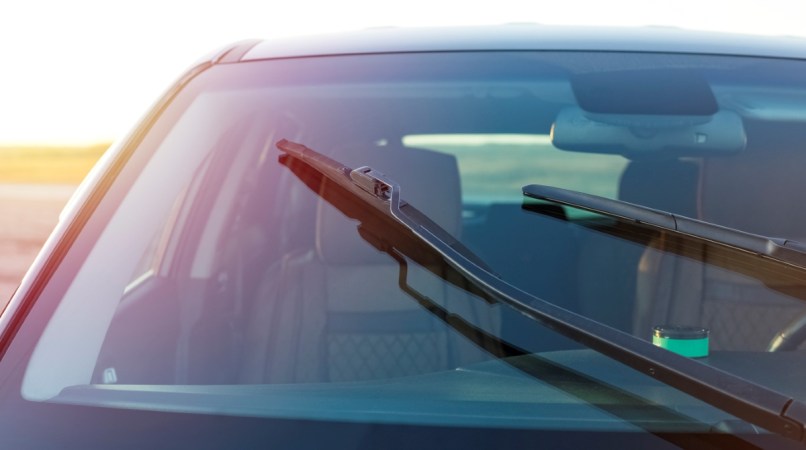We may earn revenue from the products available on this page and participate in affiliate programs. Learn More ›
Whether you’re working from home or gaming on a computer or laptop, your mouse is likely getting a good workout. What you may not think about, though, is the wear and grime your mousepad collects from extended use, too. From the oils on your hands to the food matter from any snacks you eat at your computer desk, it doesn’t take much for a mousepad to get dirty.
Beyond the obvious hygiene concerns, a dirty mousepad just doesn’t perform as well as a clean one; the dirt and grime can impact your mouse’s ability to move and respond as desired. Your mouse and keyboard should be cleaned about once weekly, and the same goes for your mousepad—cleaning all three together is a great way to make it a part of your routine. Below you’ll learn how to clean a mousepad, including some important distinctions between fabric, plastic, and leather mousepads.
RELATED: 15 Home Electronics You Never Clean but Really Should
How to Clean a Fabric Mousepad
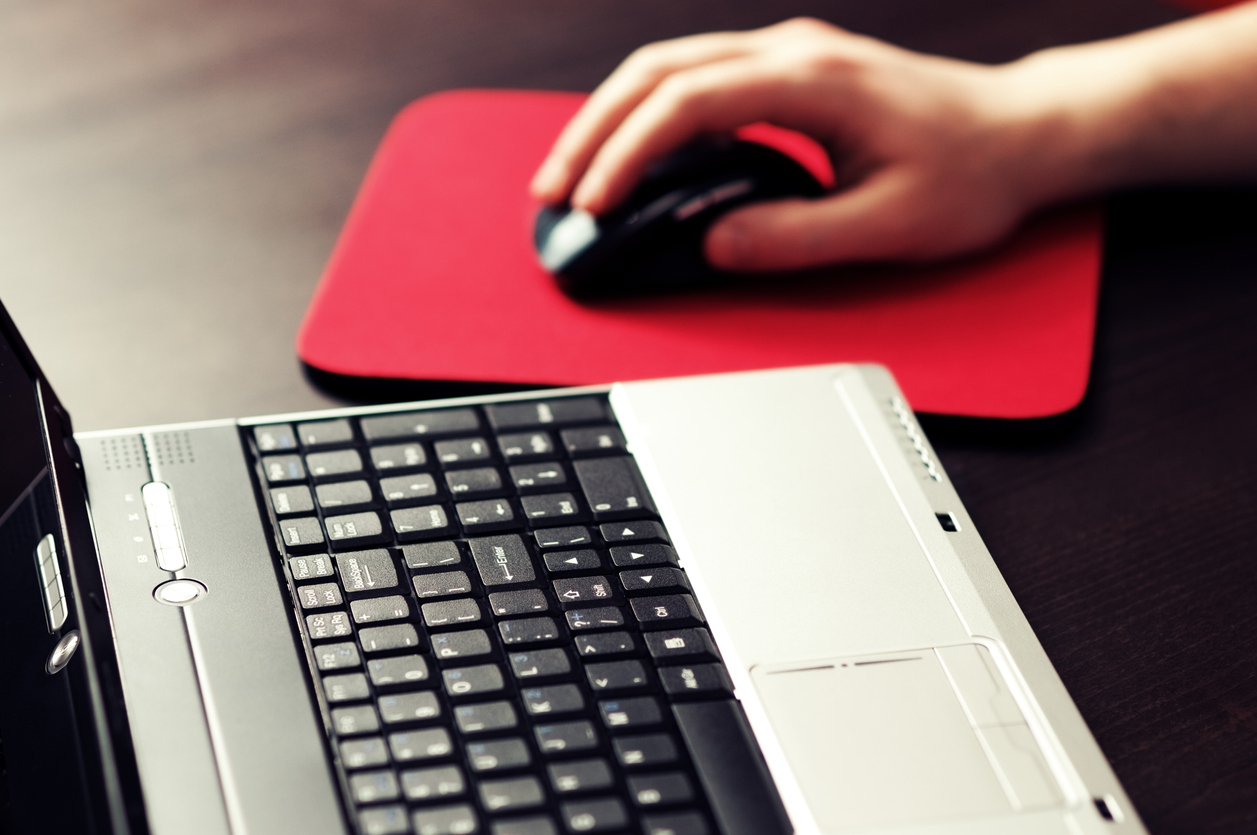
Cleaning a fabric mousepad is a relatively straightforward task. If you have a full desk mousepad with a charging system or any other electrical components, be sure to check the manufacturer’s care and cleaning instructions before proceeding. Also, while some websites might recommend washing mousepads in the dishwasher, it isn’t the best choice. The pad is more likely to become damaged by excessive moisture or harsh cleaning agents.
SUPPLIES
– Microfiber cloths
– Bowl
– Warm water
– Mild dish soap
– Sponge or soft bristled brush
STEP 1: Remove loose debris from the mousepad.
The first thing you’ll want to do is to remove any loose crumbs, dirt, hair, or other debris from the mousepad. To accomplish this, hold the pad over a trash can and gently tap or shake it. You could also use a dry microfiber cloth or soft brush to help wipe away debris.
STEP 2: Prepare a solution of warm water and dish soap.
Once you’ve removed loose debris from the mousepad, prepare a simple cleaning solution that will give it a deeper cleaning. Fill a bowl with warm—not hot—water and a few drops of mild dish soap. Set up a work area on a kitchen counter or another surface that is away from your computer; you don’t want to inadvertently get any of your electronics wet.
STEP 3: Clean the mousepad.
“Before proceeding, test the cleaning solution on a small, inconspicuous area of the mousepad to ensure it doesn’t cause discoloration,” cautions Karina Toner, the operations manager of Spekless, a home cleaning company servicing the Washington, D.C. area.
If the spot test doesn’t prove problematic, you can move on to cleaning the mousepad with the prepared solution. Use a sponge or soft-bristled brush to avoid scratching or damaging the surface. Toner explains that you should “gently scrub the surface of the mousepad in circular motions, focusing on stained areas.” Make sure you clean both sides of the pad, following the same steps.
If necessary, you can gently scrub stubborn stains with a mixture of vinegar and water (in a 1:1 ratio).
STEP 4: Thoroughly rinse the mousepad.
After scrubbing the surface and removing stains and other gunk, you must thoroughly rinse the mousepad to make sure there is no soap left on the surface. The best way to accomplish this without compromising the integrity of the pad is to submerge it in a sink or small bucket filled with warm water. Gently move the pad back and forth through the water to draw out the soap.
Drain the basin or bowl, refill it with clean water, and repeat the steps above at least two or three times until no more suds appear in the water and you are confident that the soap is rinsed out.
STEP 5: Towel dry the mousepad.
While you don’t want to wring out the mousepad, you do want to remove excess moisture to protect it from getting damaged. Lay a microfiber towel out over a flat surface and place the mousepad on top of the towel. Fold one of the ends of the towel over the mousepad, and gently press down to remove water. Move the mousepad to a dry spot on the towel (or get another clean towel) and repeat one more time to remove as much water as possible.
STEP 6: Let the mousepad air dry completely before use.
Your mousepad is still not ready to use just yet. It will still be damp and could damage your mouse or impact its ability to function properly. Toner recommends placing “the mousepad flat on a towel or drying rack to air dry completely before using it again.”
RELATED: 30 Gaming Room Ideas for the Perfect Streaming Setup
How to Clean a Plastic Mousepad
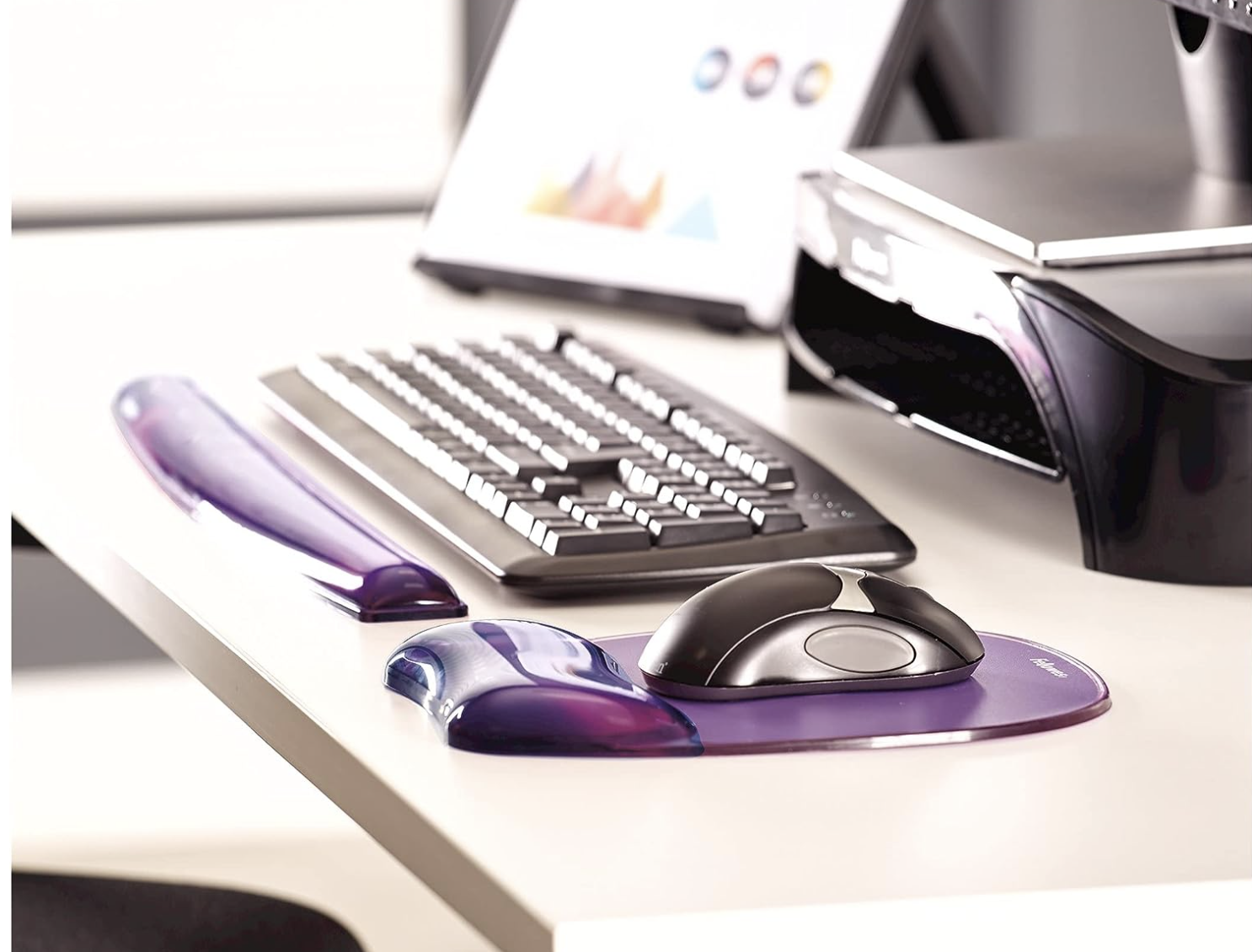
If your plastic mousepad is sticky or looking grimy, it is time to give it a good cleaning. Follow the steps outlined below, and you’ll end up with a clean mousepad that is ready to help you get back to everything you need to do.
SUPPLIES
– Microfiber cloths
– Soft bristled brush
– Screen cleaning spray
– Disinfectant wipes (optional)
STEP 1: Clear dirt and other debris from the mousepad.
Begin by removing debris from your mousepad with a dry microfiber cloth or soft brush, disposing of any crumbs or dirt in the trash.
STEP 2: Dampen a microfiber cloth with a screen cleaner.
Spray a microfiber cloth with some spray cleaner. Dispense enough of the cleaning solution to dampen the cloth.
STEP 3: Use the dampened cloth to clean the mousepad.
Wipe the small or large mousepad down using the dampened microfiber cloth. Use some elbow grease to get rid of stains or sticky areas. Repeat for the back of the mousepad.
STEP 4: Disinfect the surface (optional).
Use a disinfectant wipe to sanitize the surface of the pad and kill any germs or bacteria that may still be present. Move the wipe over the entire surface, including the back of the mousepad.
STEP 5: Dry the mousepad.
Towel-dry the mousepad using a clean microfiber cloth. Leave it sitting out for several hours, or even overnight, to ensure it is completely dry before placing your mouse on it.
RELATED: How to Clean TV Screens the Right Way
How to Clean a Leather Mousepad
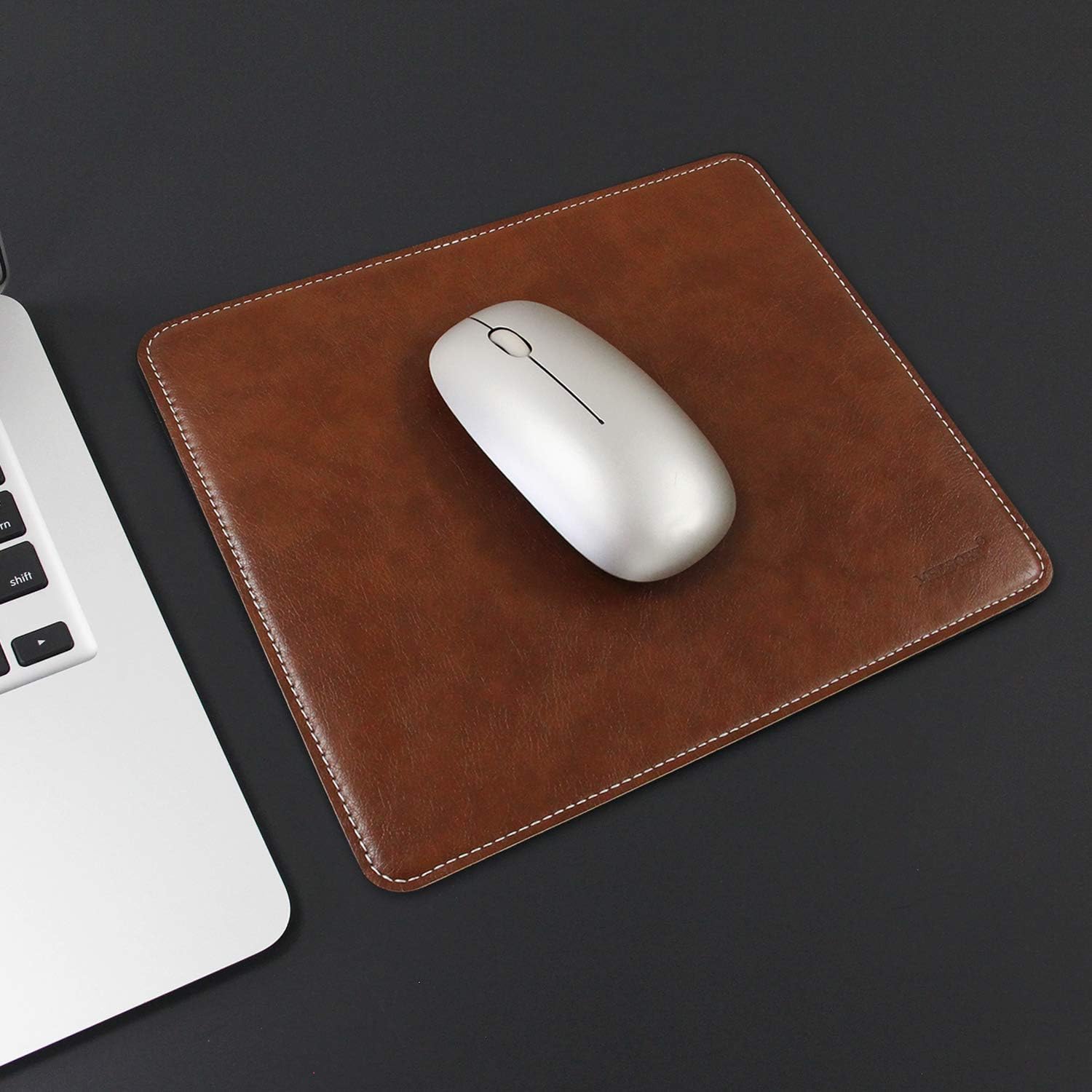
If your leather mousepad is not working well with your mouse, then it is probably time to give it a good cleaning. As with other products made from leather, cleaning a mousepad made of leather will require some special consideration and care. For example, while you could soak fabric or plastic mousepads when cleaning them, you should never do so with a leather one.
SUPPLIES
– Microfiber cloths
– Soft bristled brush
– Leather cleaner and conditioner
– Warm water
– Mild dish soap
STEP 1: Brush off loose dirt and debris.
As with mousepads made from other materials, you will want to remove any loose debris from your leather pad before attempting to clean it. Hold the pad over an open trash can and brush the debris off with a dry microfiber cloth or soft brush.
STEP 2: Gently rub leather cleaner over the mousepad.
Use leather cleaner to remove spots, stains, and dirt from the mousepad. Start by testing it in an inconspicuous area to make sure it doesn’t damage the material. After testing the cleaner, wait a few minutes to look for any signs of discoloration, and proceed to clean the rest of the surface.
Apply a small dab of leather cleaner to a dampened microfiber cloth and use a circular motion to clean the entire surface of the mousepad. If you don’t have any leather cleaner on hand, Toner says you can also “mix a small amount of mild soap, like baby shampoo, with water to create a gentle cleaning solution.”
STEP 3: Remove any excess cleaner.
The leather cleaner should remove stains and grime from your mousepad. However, you will need to remove any excess cleaner from the surface to avoid leaving a residue that could interfere with the functionality of the mouse. Use a clean microfiber cloth to thoroughly wipe down the surface and remove any leather cleaner that was left behind.
STEP 4: Blot the mousepad dry and apply leather conditioner.
After removing excess leather cleaner, Toner suggests using “a dry cloth to blot away excess moisture.” She also explains that users can “apply a leather conditioner to keep the leather supple,” and recommends following the instructions on the label “carefully.”
STEP 5: Let the mousepad dry fully before use.
It is important to let your leather mousepad dry completely before taking it back to your regular or standing desk. Since the pad wasn’t submerged underwater, it should dry relatively quickly.
Final Thoughts

Understanding how to wash a mousepad is important. In order for your mouse to track and respond properly, it requires a clean surface to move back and forth over. After you’ve taken the time to clean your mousepad, consider taking a few extra measures to keep it cleaner in the future. One way to do so is to limit how much you eat and drink while working at your computer, especially in the case of crumbly or sticky foods.

